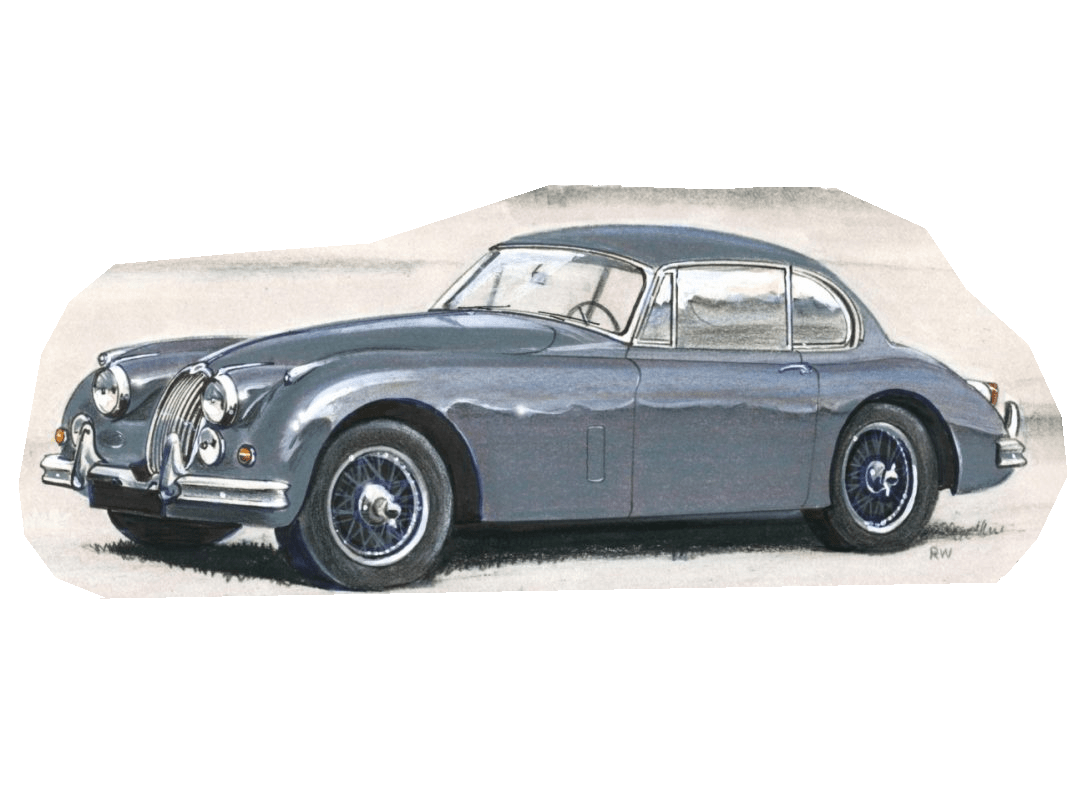
The Jaguar XK150, known for its luxurious design and extraordinary performance, is a model that has fascinated car enthusiasts around the globe since its inception in 1957. This iconic car, reinvented over decades by the renowned British car manufacturer, Jaguar, has been subject to numerous queries and discussions. Among the most frequently asked questions about the Jaguar XK150 is whether it came in a convertible or hardtop model. In this article, we delve into the specifics of the Jaguar XK150’s model types and address the common enquiry.
The answer to this query is that the Jaguar XK150 was launched in both convertible and hardtop versions, an aspect that significantly enhances its appeal. This decision was part of Jaguar’s strategy to pander to a wider audience, including drivers who fancy the option of a convertible and those who appreciate the solid feel of a hardtop. Therefore, it’s safe to say that Jaguar successfully catered to a broad spectrum of preferences and driving conditions when it designed the XK150.
The Jaguar XK150 was initially released as a fixed head coupe, which is basically a hardtop model. This version featured a solid roof that doesn’t retract, providing more structural rigidity and often thought to be safer because of the reduced chances of collapsing or breaking during a rollover crash. Despite this, hardtop models offer a completely different driving experience.
The hardtop XK150 also has its advantages in terms of insulation – both from weather elements and outside noise. The solid roof made it ideal for colder climates, providing the necessary encapsulation against the harsh outside weather. Furthermore, as hardtop models are less prone to leakage issues, they require less maintenance compared to convertible models.
However, the charm of an open-top car is hard to resist for many drivers. Recognizing this, Jaguar also introduced a convertible model, referred to as the drophead coupe (DHC), in the latter part of 1957. This version offered the exhilarating experience of open-air driving, making it an instant hit among customers who enjoy feeling the wind in their hair.
One year later, in 1958, Jaguar further tantalized consumers by adding a roadster model to the XK150 range, known as the open two-seater (OTS). The OTS, with its fully retractable roof and absence of roll-up windows, offered an even truer open-top driving experience.
Regardless of the model, all types of the Jaguar XK150 featured the same luxurious details and powerful performance for which Jaguar vehicles are renowned. Powered by a 3.4 liter, 6-cylinder engine, the XK150 offered poise, power, and a top speed of 132 miles per hour.
In summary, the Jaguar XK150 came in a diversity of models to suit a variety of preferences and needs, each offering its unique charms. Whether you’re pulled towards the security and insulation provided by the hardtop model, or captivated by the freedom and excitement of the convertible or roadster model; the Jaguar XK150 provides a thrilling drive that salutes the rich heritage of Jaguar craftsmanship.